Research Research Highlights
Research Highlights
Research Highlights
Research Highlights
Research Highlights 미리보기
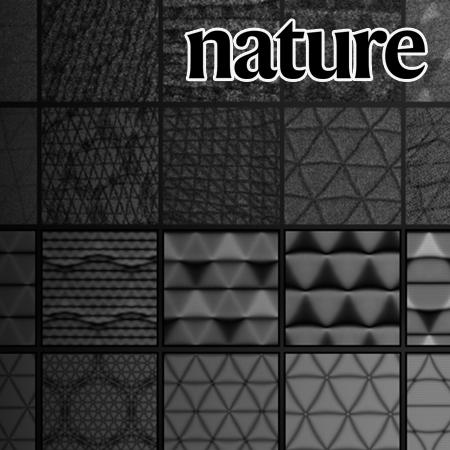
Professor Hyobin Yoo’s Research Team at SNU Develops 2D Quantum Material Platform Using Moiré Lattice Superposition
Prof. Hyobin Yoo
Seoul National University College of Engineering has announced that a joint research team led by Professor Hyobin Yoo from the Department of Materials Science and Engineering, in collaboration with Professor Young-Woo Son (Korea Institute for Advanced Study) and Professor Changwon Park (Ewha Womans University), has successfully developed a two-dimensional (2D) quantum material platform through the superposition of moiré lattices.
Research Highlights Board
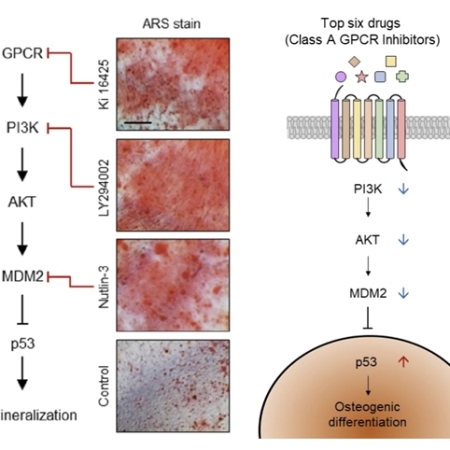
Targeting class A GPCRs for hard tissue regeneration
Prof. Jin Man Kim
This study present a strategy for targeting GPCRs for hard tissue regeneration by promoting the biomineralization of mesenchymal stromal cells. The discovered GPCR-targeting drugs revealed potent regenerative effects in both tooth and bone defects.

IRF1 deficiency predisposes cartilage to accumulate DNA damage and promotes osteoarthritis development
Prof. Jin-Hong Kim
Interferon regulatory factor 1 (IRF1) is a transcriptional regulator conventionally associated with immunomodulation. Recent molecular analyses mapping DNA binding sites of IRF1 have suggested its potential function in DNA repair.
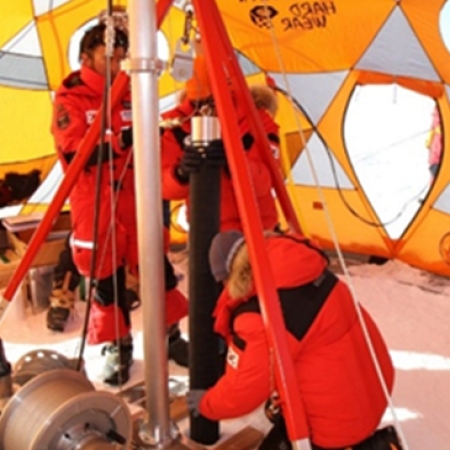
Deciphering natural and anthropogenic sources of nitrous oxide
Prof. Jinho Ahn
Nitrous oxide (or nitrous oxide, N2O) is a major greenhouse gas, along with carbon dioxide (CO2) and methane (CH4), and is about 300 times more potent than CO2.
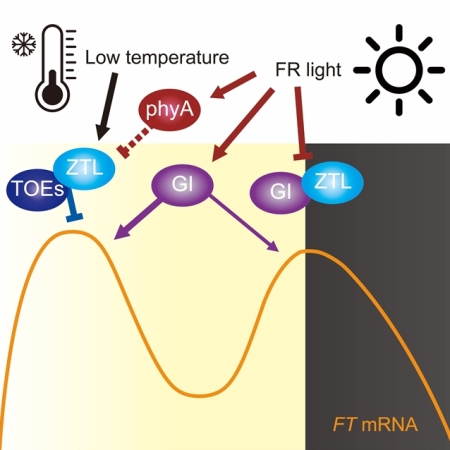
Low temperature-mediated repression and far-red light-mediated induction determine morning FLOWERING LOCUS T expression levels
Prof. Young Hun Song
In order to flower in the appropriate season, plants monitor light and temperature changes and alter downstream pathways that regulate florigen genes such as Arabidopsis (Arabidopsis thaliana) FLOWERING LOCUS T (FT).
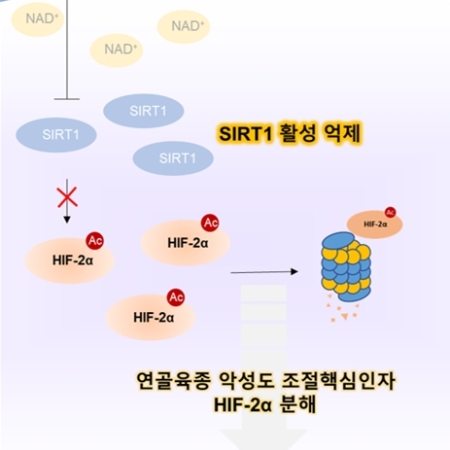
Decoupling NAD+ metabolic dependency in chondrosarcoma by targeting the SIRT1–HIF-2α axis
Prof. Jin-Hong Kim
Chondrosarcomas represent the second most common primary bone malignancy. Despite the vulnerability of chondrosarcoma cells to nicotinamide adenine dinucleotide (NAD) depletion, targeting the NAD+ synthesis pathway remains challenging due to broad implications in biological processes.

Genomic overview of INA-induced NPR1 targeting and transcriptional cascades in Arabidopsis
Prof. Yoo-Sun Noh
The phytohormone salicylic acid (SA) triggers transcriptional reprogramming that leads to SA-induced immunity in plants. NPR1 is an SA receptor and master transcriptional regulator in SA-triggered transcriptional reprogramming.

Identification of specific neutralizing antibodies for highly pathogenic avian influenza H5 2.3.4.4b clades to facilitate vaccine design and therapeutics
Prof. Seon Ju Yeo
The highly pathogenic avian influenza H5 2.3.4.4 and 2.3.2.1c subclades have distinct antigenic properties and are responsible for the majority of human infections.
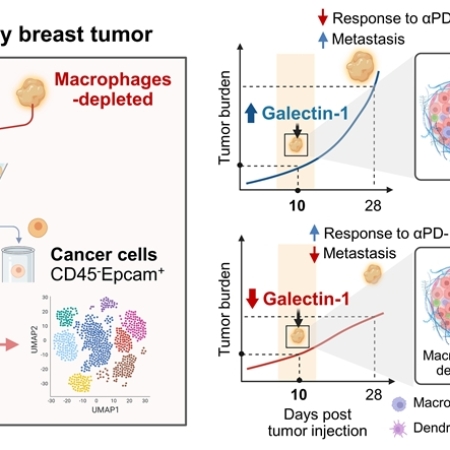
Comprehensive characterization of early-programmed tumor microenvironment by tumor-associated macrophages reveals galectin-1 as an immune modulatory target in breast cancer
Prof. Seung Hyeok Seok
In recent years, there has been considerable interest in the therapeutic targeting of tumor-associated macrophages (TAMs) to modulate the tumor microenvironment (TME), resulting in antitumoral phenotypes.
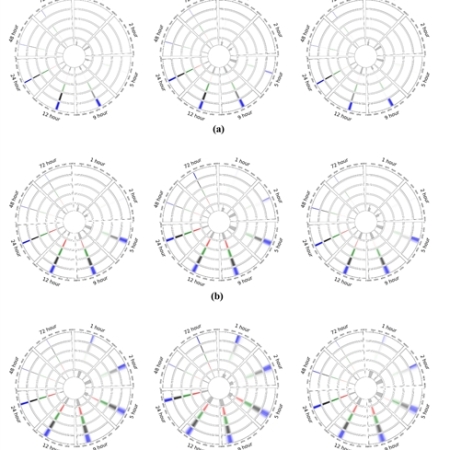
Evaluation of future flood probability in agricultural reservoir watersheds using an integrated flood simulation system
Prof. Moon Seong Kang
Prof. Moon Seong Kang and his research team have developed an evaluation method for future flood probability, addressing an agricultural reservoir watershed and the hydraulic structures within.

Variants in the WDR44 WD40-Repeat Domain Cause a Spectrum of Ciliopathy by Impairing Ciliogenesis Initiation
Prof. Sung-Gyoo Park and Jong-Hee Chae
Professor Sung-Gyoo Park's research team from the College of Pharmacy at SNU has discovered WDR44 variants that induce human ciliopathy through international collaborative work with researchers from 8 nations.

Chromosome-level genome assembly of chub mackerel (Scomber japonicus) from the Indo-Pacific Ocean
Prof. Heebal Kim
Chub mackerels (Scomber japonicus) are a migratory marine fish widely distributed in the Indo-Pacific Ocean.
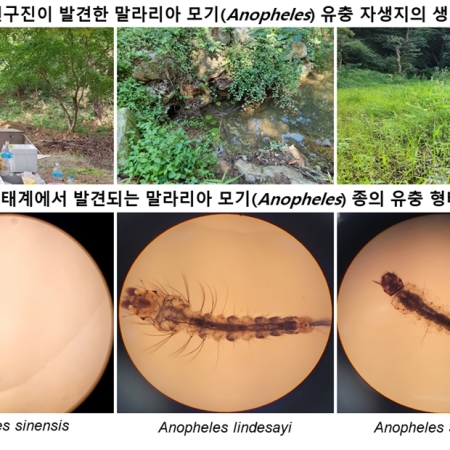
Identification of breeding habitats and kdr mutations in Anopheles spp. in South Korea
Prof. Seon-Ju Yeo
Malaria is still endemic in South Korea. However, limited information is available on the current Anopheles breeding sites and the occurrence of insecticide resistance-associated genetic mutations and their distribution needed to control the malaria vector efficiently.

